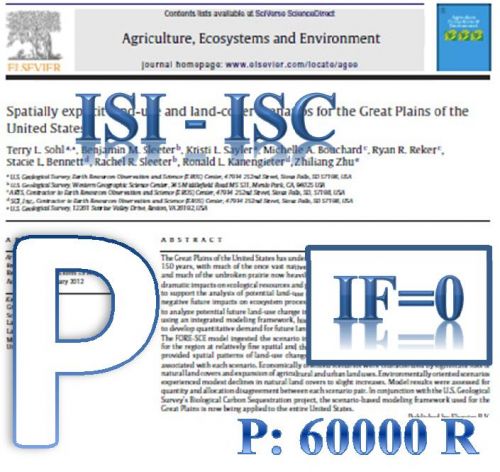Clarithromycin is a key component of current triple-therapy regimens for treatment of H. pylori infection; however resistance is a major determinant of eradication failure. We investigated the prevalence of H. pylori and 23S rRNA mutation conferring resistance to clarithromycin among 263 H. pylori isolates from Shahrekord, Iran, in 2008. H. pylori were identified by gram staining, urease, catalase, and oxidase activity as well as PCR. Susceptibility to clarithromycin was assessed by agar dilution method according to standard CLSI protocol. Clarithromycin resistance A2142G and A2143G point mutations were assessed by specific primers and the restriction enzymes BsaI and MboII for analysis of A2143G and A2142G mutations by PCR-RFLP method. For detection of A2142C point mutation, PCR 3'-mismatch primer method was used by using specific primers. Out of total samples, 19 (22.6%) harbored clarithromycin resistant. Of them, 13 (68.4%), 3 (15.8%), and 2 (10.5%) had A2143G, A2142G and A2142C mutations, respectively. In one (5%) strain no mutation was detected by these methods. MIC of clarithromycin resistance was ranged between 8 to 32 µg/liter. In this study no relationship was found between high level clarithromycin resistance and A2143G mutation. Because of considerable clarithromycin resistance in our region, pretherapeutic diagnosis of 23S rRNA mutations by a molecular approach is required.
کلید واژگان :H. pylori, clarithromycin resistance, 23S rRNA, PCR-RFLP
ارزش ریالی : 1200000 ریال
با پرداخت الکترونیک
